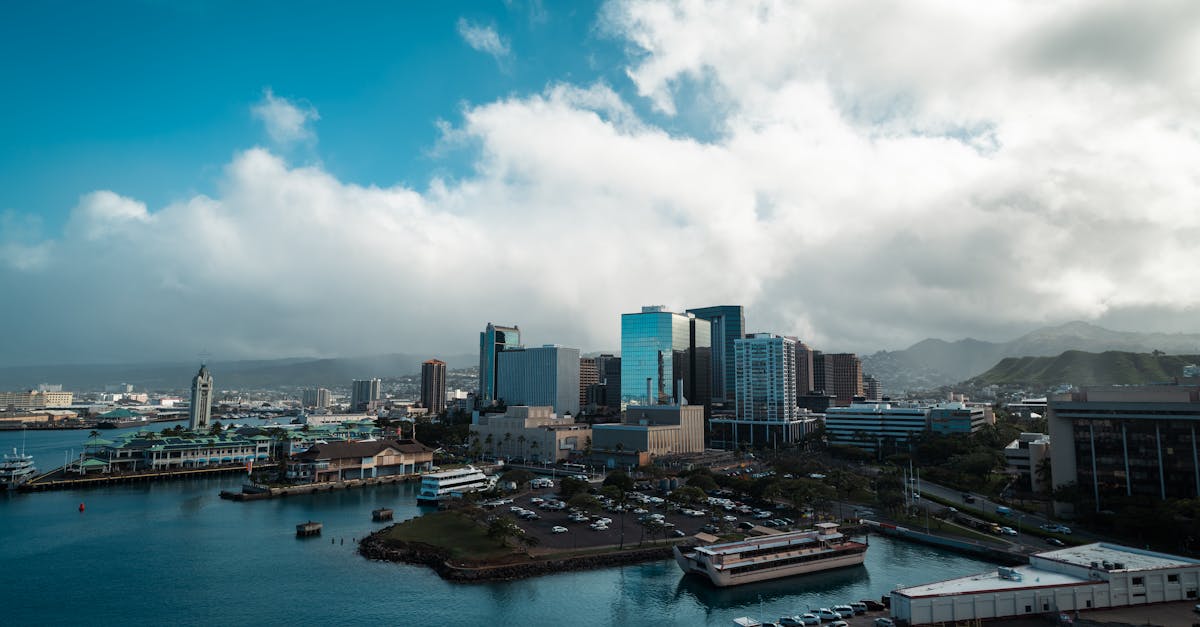For the second time in two years, Kapi'olani Medical Center for Women and Children is grappling with a strike by healthcare workers, raising concerns about labor relations and operational efficiency. The strike, which began at 7 a.m. on Friday, involves approximately 300 unionized employees, including technicians, dietary workers, and housekeeping staff, represented by the Teamsters Union and Allied Workers Local 996. The core issues driving the strike revolve around unfair labor practices, inadequate wages and benefits, and broader concerns impacting workers' quality of life. The union has also filed multiple unfair labor practice charges with the National Labor Relations Board, indicating a breakdown in contract negotiations.
Hawaii News Now reported that the strike has no specified end date, signifying a potentially prolonged period of disruption. The strike is planned to take place continuously, impacting various hospital functions. This recent action follows a similar strike by nurses in the previous year, highlighting persistent labor challenges at Kapi'olani Hawaii Public Radio. Union leadership, including Kevin Holu, president of Teamsters Local 996, has expressed determination to remain on strike until a suitable agreement is reached Star Advertiser.
The impact of this strike extends beyond immediate operational concerns. It potentially increases expenses for the hospital due to the need for contingency staffing and may influence the broader local healthcare landscape by putting pressure on other healthcare providers as well. Investors and business owners in the health industry should monitor these developments closely, analyzing the repercussions on labor costs, patient care models, and potentially, insurance rates. The ongoing negotiations between Kapi'olani management and the Teamsters Union, therefore, become crucial for those working in Hawaii’s healthcare business sector. These discussions could establish a precedent on remuneration standards, worker protections, and the management of labor relations throughout the industry.



